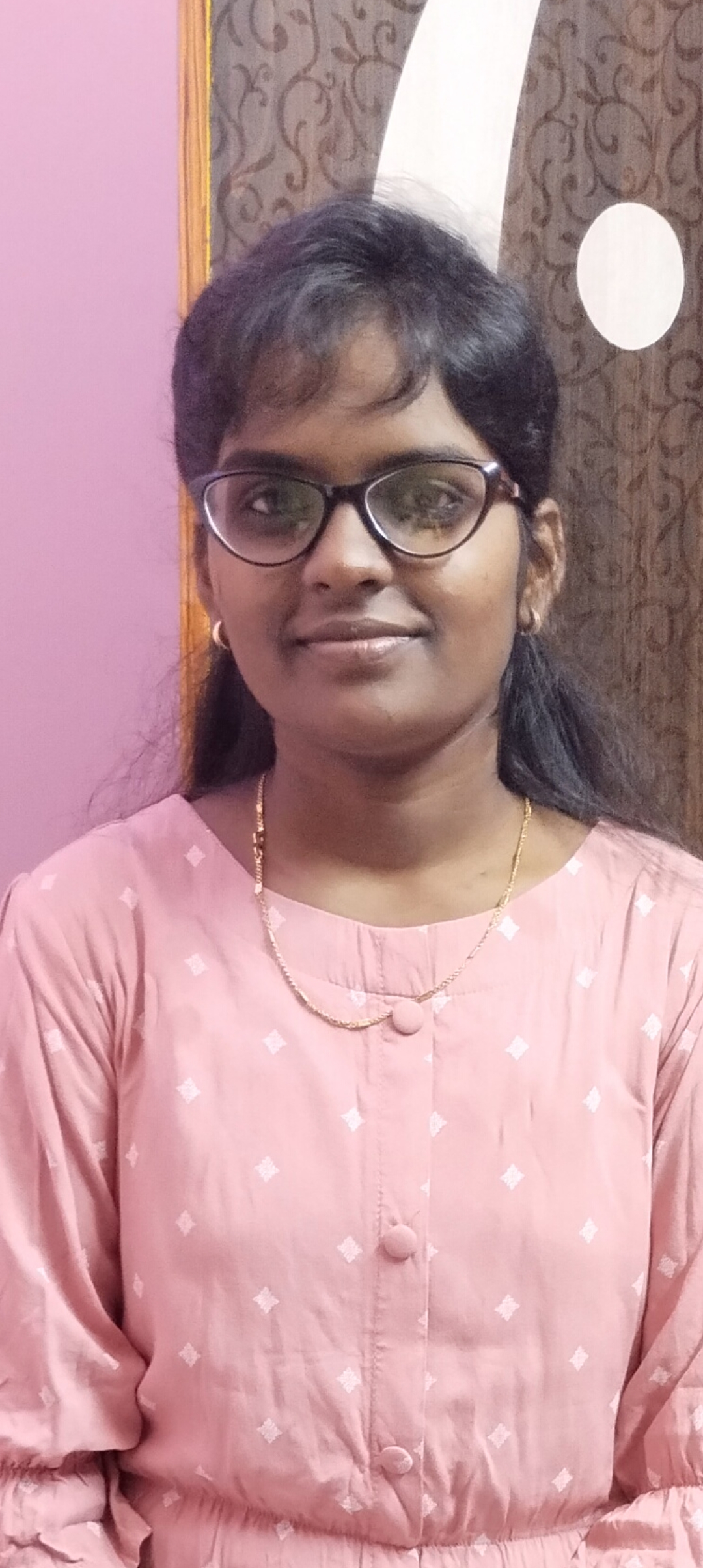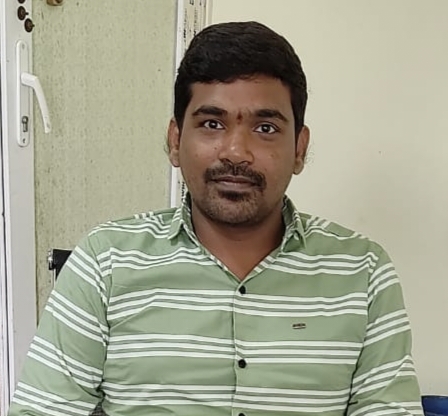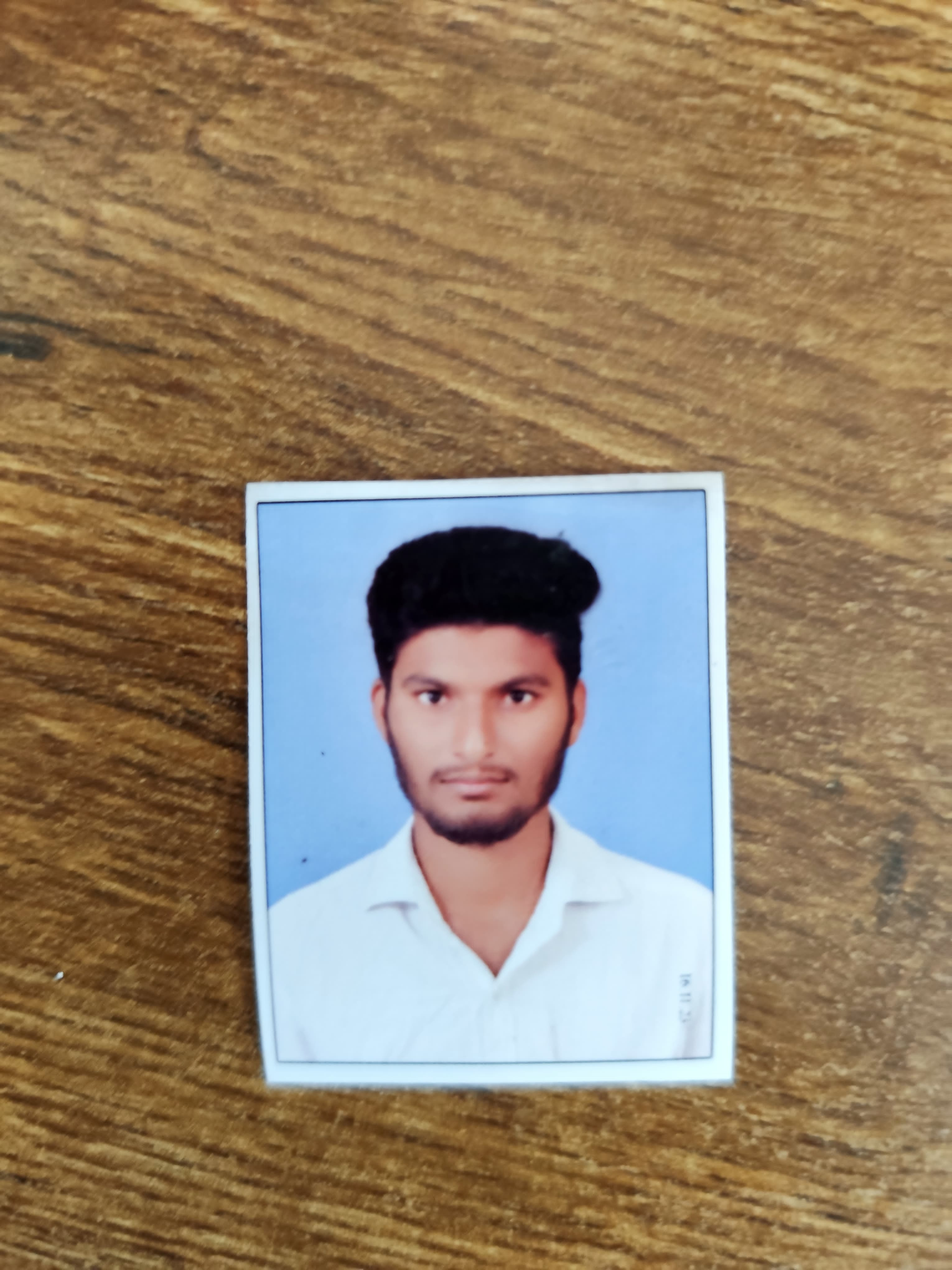Abstract
Introduction: The increasing incidence of stroke has emerged as a significant public health issue, requiring attention from neurologists. Neuro protective drugs are a cornerstone of treatment, but there is a lack of well-defined research on stroke's clinical symptomatology and medication usage in India, highlighting the need for further studies in this area. This study states that the prescription patterns of drugs used in the management and prevention of stroke. Methods: Single centered prospective observational study in patients with stroke disease in Narasaraopet. They were randomly approach by case reports to ashok neuro care hospital in Narsaraopet, Palnadu. Results: A total of 94 patients were studied over a six months period, with 56.3% males and 43.6?males. The highest incidence of stroke was observed in the 40-59 year age group. Ischemic stroke accounted for 65.9% of cases, while hemorrhagic stroke comprised 23.42%, yielding a ratio of 2.09. The most common stroke risk factors were hypertension, dyslipidemia, and diabetes. The most commonly prescribed medications for hospitalized stroke patients were antihypertensives, followed by hypolipidemic agents and antiplatelet drugs. Conclusion: The study emphasizes the importance of drug utilization patterns in promoting rational prescribing and analysis. However, it was limited by the lack of follow-up, hindering the evaluation of complications and their management. In conclusion, effective management of risk factors and adherence to treatment guidelines can mitigate severity and enhance prognostic outcomes. Early identification of risk factors and treatment patterns is crucial for ensuring high-quality patient care.
Keywords
Stroke, Rational drug, haemorrhagic stroke, Antihypertensives, Antiplatelets, Dyslipidemia..
Introduction
Rational Drug Use (RDU) is a vital component to deliver better healthcare to patients and the community. Rational drug use is defined as patients taking drugs as per their clinical need, in a dose according to individual need for a sufficient period, at the lowest cost to the patient and community. Ensuring patients' safety has always been a crucial element of health and medical care for patients in any healthcare setting.1 Irrational use of drugs can rise mortality and morbidity rate, particularly among chronic disease patients. It also develops adverse drug reactions. The World Health Organization (WHO)-International Network for the Rational Use of Drugs (INRUD) developed a set of core drug use indicators that are useful to study the patterns of drug prescribing in the hospital settings and to measure the rational drug use pattern.2 Proper drug selection, dosage form, and route of administration are key to achieving optimal therapeutic outcomes in stroke management.3 Stroke, or cerebrovascular accident occurs due to impaired blood flow to the brain, potentially leading to death if not promptly and treated.4 Stroke is the second leading cause of global mortality and a major contributor to long-term disability in adults with 90% of survivors experiencing residual impairments.5 The risk of stroke increases with age (particularly after 55), obesity, hypertension, diabetes, atrial fibrillation, and dyslipidemia.6 Hypertension, diabetes, smoking, and obesity are significant risk factors for stroke in the Indian population, with proper management reducing the associated risks.7 Stroke is a major public health issue, typically managed by neurologists, often in specialized stroke units during the acute phase. Medical and surgical interventions are crucial for managing elevated intracranial pressure (ICP). Clinical trials have demonstrated the effectiveness of antiplatelet agents and oral anticoagulants in preventing stroke.8 Stroke management should be individualized, with proper drug utilization being essential. In developing countries, challenges such as inadequate healthcare infrastructure, insufficient government control over drug supply, and the illegal free availability of drugs exacerbate issues in stroke care.9 Effective drug treatment involves selecting appropriate medications, including thrombolytics, anticoagulants, antihypertensives (e.g., ACE inhibitors, angiotensin II receptor blockers, diuretics), lipid-lowering agents (statins), antiplatelet drugs (aspirin, clopidogrel), and neuroprotective agents. The WHO emphasizes the importance of considering medical, social, and economic factors in drug utilization.10 The primary aim of this study was to evaluate the medication prescribing pattern and utilization pattern of various drugs in stroke patients.11
2.MATERIALS AND METHODS:
Study design:
The study was conducted at Ashok Neuro Care Super Speciality Hospital in Narasaraopet,
Palnadu in 6 months period of time.
Study method:
Patient information collected from patient case sheets and required data entered in data collection forms. The data collected based on various parameters like Age, Gender, Type of stroke, Risk factors, Group of drugs, Types of drugs.
3.RESULTS AND DISCUSSION:
Table-1. Demographic profile analysis
|
S. No
|
Age
|
Male
|
Female
|
Total
|
Percentage
|
|
1.
|
20-39
|
13
|
9
|
22
|
23.40%
|
|
2.
|
40-59
|
21
|
19
|
40
|
42.55%
|
|
3.
|
60-79
|
10
|
8
|
18
|
19.16%
|
|
4.
|
>80
|
9
|
5
|
14
|
14.89%
|
Table-2. Type of stroke
|
S. No
|
Type Of Stroke
|
No. Of Patiets
|
Percentage
|
|
1.
|
Ischemic stroke
|
62
|
65.95%
|
|
2.
|
Haemorrhagic stroke
|
22
|
23.42%
|
|
3.
|
Sub arachnoid haemorrhagic stroke
|
10
|
10.63%
|
Table-3. Risk factors and Comorbidities associated with stroke
|
S. No
|
Risk Factors
|
No. Of. Patients
|
Percentage
|
|
1.
|
High blood pressure
|
64
|
32.65%
|
|
2.
|
Dys lipidemia
|
40
|
20.40%
|
|
3.
|
Diabetes mellitus
|
37
|
18.87%
|
|
4.
|
Smoking history
|
22
|
11.22%
|
|
5.
|
Associated cardiac problems
|
18
|
9.18%
|
|
6.
|
Alcohol
|
10
|
5.10%
|
|
7.
|
Obesity
|
5
|
2.55%
|
Table-4. Groups of drugs prescribed in stroke patients
|
S. No
|
Group Of Drugs
|
No. Of Patient
|
Percentage
|
|
1.
|
Antihypertensive agents
|
75
|
26.69%
|
|
2.
|
Lipid lowering agents
|
62
|
22.06%
|
|
3.
|
Antiplatelet agents
|
72
|
25.65%
|
|
4.
|
Cerebral activators
|
39
|
13.87%
|
|
5.
|
Anticoagulants
|
28
|
9.96%
|
|
6.
|
Thrombolytics
|
5
|
1.77%
|
Table-5. Types of drugs prescribed in stroke patients
|
S. No
|
Type Of Drug
|
No. Of Patients
|
Percentage
|
|
1.
|
Anticoagulants: Enoxaparin
|
40
|
43.02%
|
|
Heparin
|
27
|
29.03%
|
|
Dalteparin
|
14
|
15.05%
|
|
Foundoparinux
|
8
|
8.60%
|
|
Oral anticoagulant
|
4
|
4.30%
|
|
2.
|
Antiplatelets:
Aspirin
|
84
|
45.16%
|
|
Clopidogrel
|
69
|
37.09%
|
|
Aspirin+ Clopidogrel
|
28
|
15.05%
|
|
Aspirin+ Dipyridamole
|
5
|
2.68%
|
|
3.
|
Tissue Plasminogen Activators: Alteplase
|
5
|
5.3%
|
|
4.
|
Antihypertensives: Beta blockers
|
75
|
24.9%
|
|
Alpha-2 adrenergic agonist
|
28
|
9.3%
|
|
Alpha-2 adrenergic blocker
|
13
|
4.3%
|
|
Mixed alpha+ beta blockers
|
22
|
7.30%
|
|
Calcium channel blockers
|
65
|
21.5%
|
|
Angiotensin converting enzymes
|
52
|
17.2%
|
|
AT1 receptors
|
32
|
10.6%
|
|
Diuretics
|
14
|
4.6%
|
|
5.
|
Lipid Lowering Agents: Atorvastatin
|
69
|
48.9%
|
|
Rosuvastatin
|
42
|
29.7%
|
|
Fenofibrate
|
22
|
15.6%
|
|
Ezetimibe
|
8
|
5.6%
|
|
6.
|
Cerebral Activators: Citicholine
|
72
|
72.00%
|
|
Piracetam
|
19
|
19.00%
|
|
Edaravone
|
7
|
7.00%
|
|
Cerebro protein hydrosylate
|
2
|
2.00%
|
|
7.
|
Antibiotics: Amoxicillin+ Clavulanic acid, Clindamycin, Ceftriaxone, Piperacillin+ Tazobactam, Metrozyl, Vncomycin, Meropenem
|
125
|
100%
|
|
8.
|
Antiepileptics: Phenytoin
|
67
|
74.4%
|
|
Valproate
|
18
|
20.0%
|
|
Levitiracetam
|
5
|
5.5%
|
|
9.
|
Osmotic Diuretics: Mannitol
|
72
|
57.6%
|
|
|
3% NS
|
21
|
16.8%
|
|
|
Glycerol
|
32
|
25.6%
|
|
10.
|
Antipsychotics: Quetiapine, Haloperidol, Midazolam
|
79
|
84.0%
|
|
11.
|
Antiacids: Esmoprazole, Pantoprazole, Omeprazole, Rantak, Domperidone
|
245
|
100%
|
4. CONCLUSION:
The study emphasizes the significance of understanding drug utilization patterns to encourage rational prescribing and analysis. However, its limitation lies in the absence of follow-up, which hindered the assessment of complications and their management. In conclusion, effective risk factor management and adherence to treatment guidelines can reduce severity and improve prognostic outcomes. Early identification of risk factors and treatment patterns is crucial for delivering high-quality patient care.
5. ACKNOWLEDGEMENT:
The author wish to thank you all the staff members and nurses of the Ashok Neuro Care Hospital for invaluable contribution to the publication of this paper a result of their out Standing daily beside work. The author declares no competing interest.
REFERENCES
1. Ofori-Asenso, R.; Agyeman, A. Irrational Use of Medicines - A Summary of Key Concepts,Pharmacy (Basel),4(4), (2016), 35.
2. Prasad, P. S.; Rudra, J. T.; Vasanthi, P.; Sushitha, U.; Sadiq, M. J.; Narayana, G. Assessment of Drug Use Pattern Using World Health Organization Core Drug Use Indicators at Secondary Care Referral Hospital of South India.
3. World Health Organization. Essential Medicines and Health Products information
4. Veeramani, V. P. Evaluation of Drug Utilization Pattern in Cardiovascular Diseases Using WHO/ INRUD Prescribing Indicators at Cardiology OPD of Tertiary Care Hospitals in South India: A Multi center Cross-Sectional Study, Journal of Advances in Medicine and Medical Research, 32(9), (2020), 107-120.
4. Koda Kimble MA, Young LY, Aldredge BK, Corelli RL, Guglielmo BJ, Kradjan WA, and Williams BR, Cerebrovascular disorders. In: Koda-Kimble MA, editor. Applied therapeutics: The clinical use of drugs 9 thed, New York, Lippincott Williams and Wilkins, 2009, 205-74.
5. Kanagala, V. S.; Anusha, A.; Rao, B. S.; Challa, S. R.; Nalla, K. S.; Gadde, R. S. A Study of Medication-Related Problems in Stroke Patients: A Need for Pharmaceutical Care,Journal of Research in Pharmacy Practice, 5(3),(2016), 222-225.
6. Jan L, Madeleine JM, Richard GT, Gary AF, Martin W, Martin E, et al. Response to symptoms of stroke in the UK: a systematic review. BMC Health Serv Res 10, 2010, 157.
7. Gaddam Damodar, Subash Vijaykumar, SD Rajendran, E. Ashok Kumar. Stroke and its risk factor analysis; A Hospital based prospective study. International Journal of Pharma Informa, 1, 2011,
8. Susan RW, editors. Pharmacotherapy Principles and Practice: Stroke, 3rd New York, McGraw Hill, 2008, 161-173.
9. Kang, J. S.; Lee, M. H. Overview of Therapeutic Drug Monitoring, Korean Journal of InternalMedicine,24(1), (2009), 1–10.
10. Prasad, P. S.; Rudra, J. T.; Vasanthi, P.; Sushitha, U.; Sadiq, M. J.; Narayana, G. Assessment of Drug Use Pattern Using World Health Organization Core Drug Use Indicators at Secondary Care Referral Hospital of South India.
11. Spurthi T, Gowthami B, Khyathi D, Vinod G.Risk elements and drug utilization in stroke patients. Int J Pharm Pharm Sci, Vol 8, Issue 10, 290-292..


 Kodela Sesi*
Kodela Sesi*
 Chegu. Kartheek
Chegu. Kartheek
 Hamsavath Hanumath Naik
Hamsavath Hanumath Naik
 Pratti Naga Sravani
Pratti Naga Sravani
 Hamsavath Siva Kumar Naik
Hamsavath Siva Kumar Naik
 10.5281/zenodo.14514422
10.5281/zenodo.14514422